
Finding the right number of litter boxes for your home is crucial for maintaining your cat's comfort and happiness. Whether you're a first-time cat owner or managing a multi-cat household, understanding how many litter boxes per cat you need can prevent behavioral issues and keep your home clean. Let's dive into creating the perfect litter box setup for your feline friends!
How Many Litter Boxes Per Cat
The general rule for determining the number of litter boxes needed is to have one box per cat, plus one extra. This means if you have one cat, you should have two litter boxes; if you have two cats, you should have three, and so on. The idea behind this rule is simply to provide cats with more options.
However, maintaining an "n+1" ratio of litter boxes to cats isn't an absolute necessity. Some multi-cat households manage well with an equal number of cats and litter boxes. Many families do this successfully, and their cats do not have issues with inappropriate elimination due to too few litter boxes.
So, is it feasible for a multi-cat household to have only one litter box? While not ideal, the answer isn't entirely straightforward. If the cats are closely bonded, get along well, and don't mind sharing a litter box, it might be workable for them to share.
However, the litter box must be large enough. If you're considering having cats share a litter box, think about how quickly it gets dirty. Feedback generally suggests that with one cat using it, if a litter box isn't cleaned for two days, it becomes quite dirty. So, if two cats share a single litter box, it will get dirty in just one day.
In multi-cat households with only one litter box, the litter box can quickly become unsanitary. Once the litter box becomes dirty, some cats may refuse to use it, opting to poop outside the box instead. This makes the litter box essentially useless.
Providing enough litter boxes helps reduce competition and stress, ensuring each cat has access to a clean and private space. This can prevent issues like litter box avoidance or inappropriate elimination if cats feel their needs aren't being met.
Therefore, our recommendation for multi-cat households is to have at least one litter box per cat, assuming you clean them daily.
Tips for Litter Box
Best Place to Put Litter Box
Place litter boxes in quiet, low-traffic areas where your cat feels safe. Avoid placing them near noisy appliances or in busy parts of your home. Ensure they are easily accessible and not hidden away in places where your cat might feel trapped or uncomfortable.
Choose the Right Litter
Cats can be very particular about their litter. Most cats prefer unscented, clumping litter. Experiment with different types of litter if needed, but once you find one your cat likes, stick with it. Avoid switching types frequently, as this can cause your cat to avoid the box.
Litter Box Size is Very Important
Make sure the litter box is large enough for your cat to move around comfortably. The rule of thumb is the box should be at least 1.5 times the length of the cat from the nose to end of the tail. A box that is too small can cause discomfort and discourage use. For larger cats, consider using a litter box with low sides or open litter box.
Completely Clean the Litter Box
Scoop the litter box daily and change the litter completely every week or so. Regular cleaning helps prevent odors and keeps the box inviting for your cat. For more detailed instructions, check out this guide on how to clean your cat litter box. Periodically wash the box with mild soap and water to remove any lingering smells.
Try a Self-Cleaning Litter Box
Self-cleaning litter boxes like Neakasa M1 can be a great investment, especially for multiple-cat households. They automate the cleaning process, ensuring that your cat always has a clean place to go.

The Benefits of an Automatic Litter Box for Multiple Cats
An automatic cleaning litter box can significantly reduce the time and effort required to maintain multiple litter boxes. It helps keep the litter clean and fresh, which is essential for multi-cat homes. Additionally, it reduces the risk of odor buildup, making your home more pleasant.
Choosing the Right Automated Cat Litter Box for Your Household
When selecting an automated litter box, consider factors such as the size of your cats, the number of cats you have, and the box’s cleaning mechanism. Look for a model that is easy to clean and has a reliable sensor system to detect when your cat has used the box.
How to Transition Your Cats to an Automated Cat Litter Box
To transition your cats to an automated litter box, start by placing the new box next to their old one. Allow them to explore it at their own pace. Gradually reduce the use of the old box by keeping it less clean while maintaining the automated box in pristine condition. Be patient and give your cats time to adjust to the new system.
Conclusion
In conclusion, determining the right number of litter boxes for your home is crucial for your cat's health and happiness. By following these guidelines, you can ensure that your cats have the right number of litter boxes and that they are kept clean and comfortable. This will help maintain good litter box habits and keep a comfortable and odor-free home for both your feline friends and yourself.


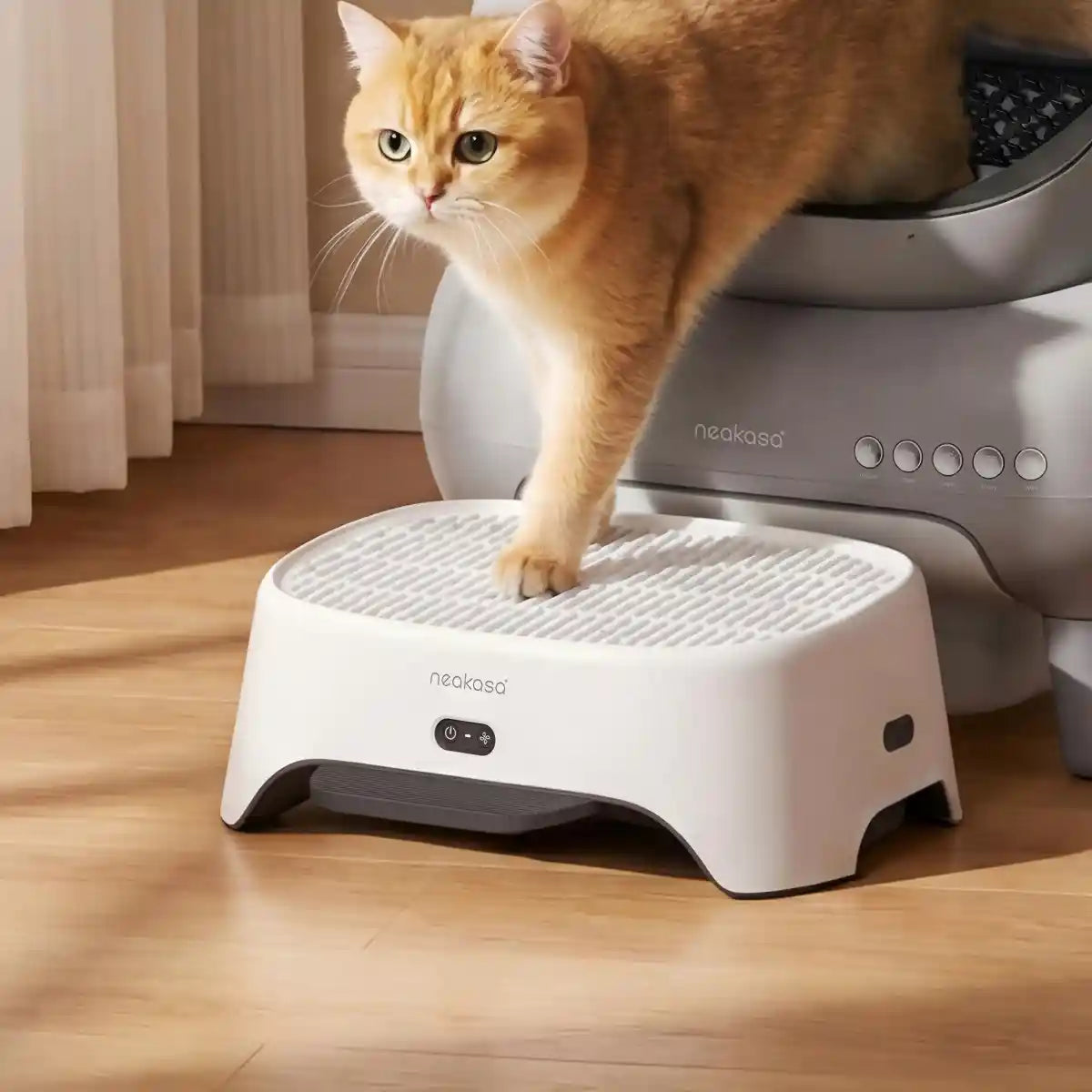
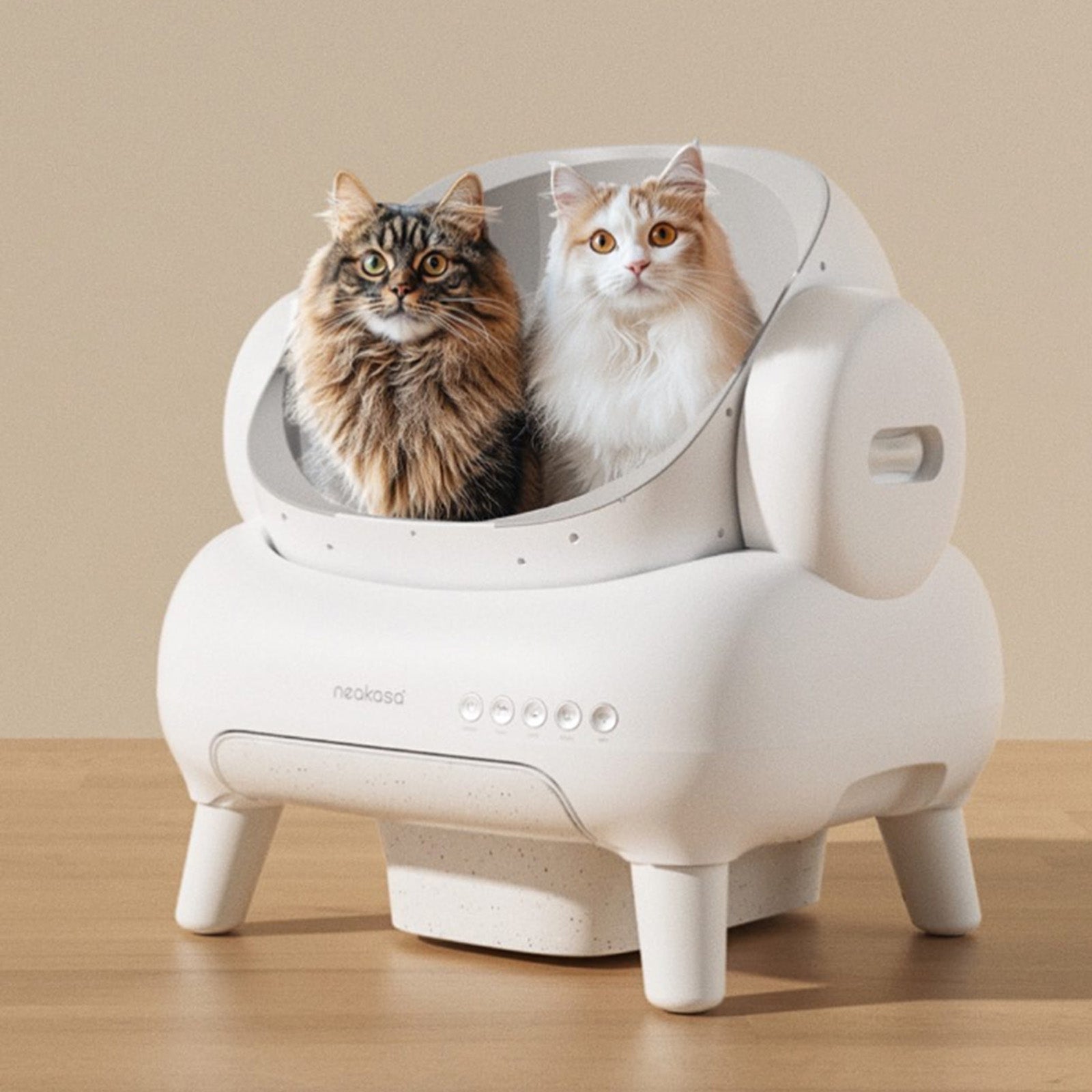
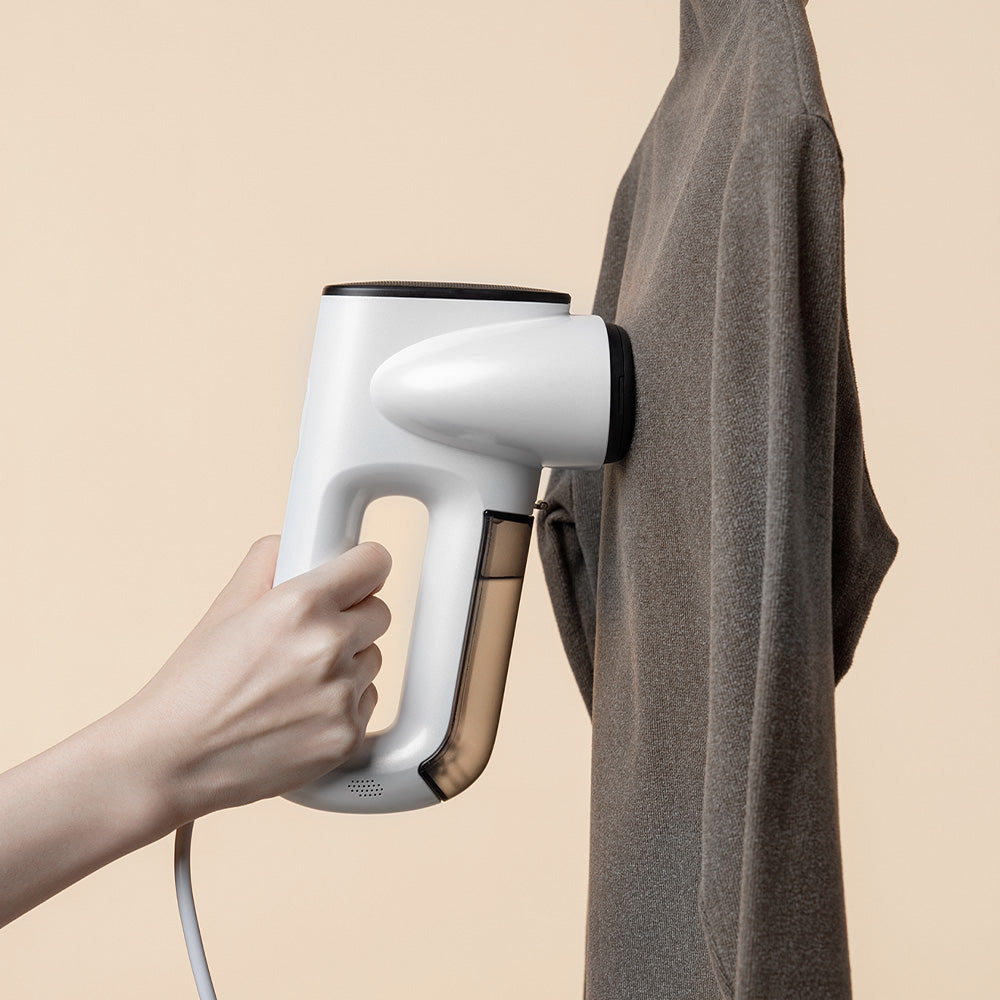
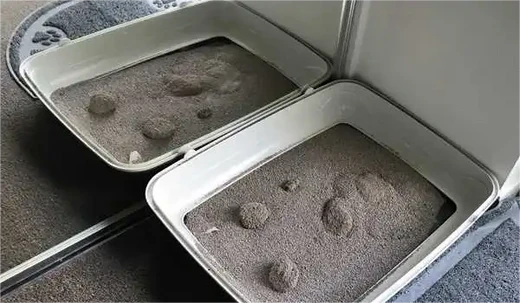
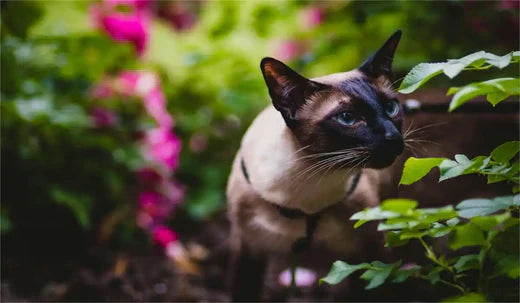
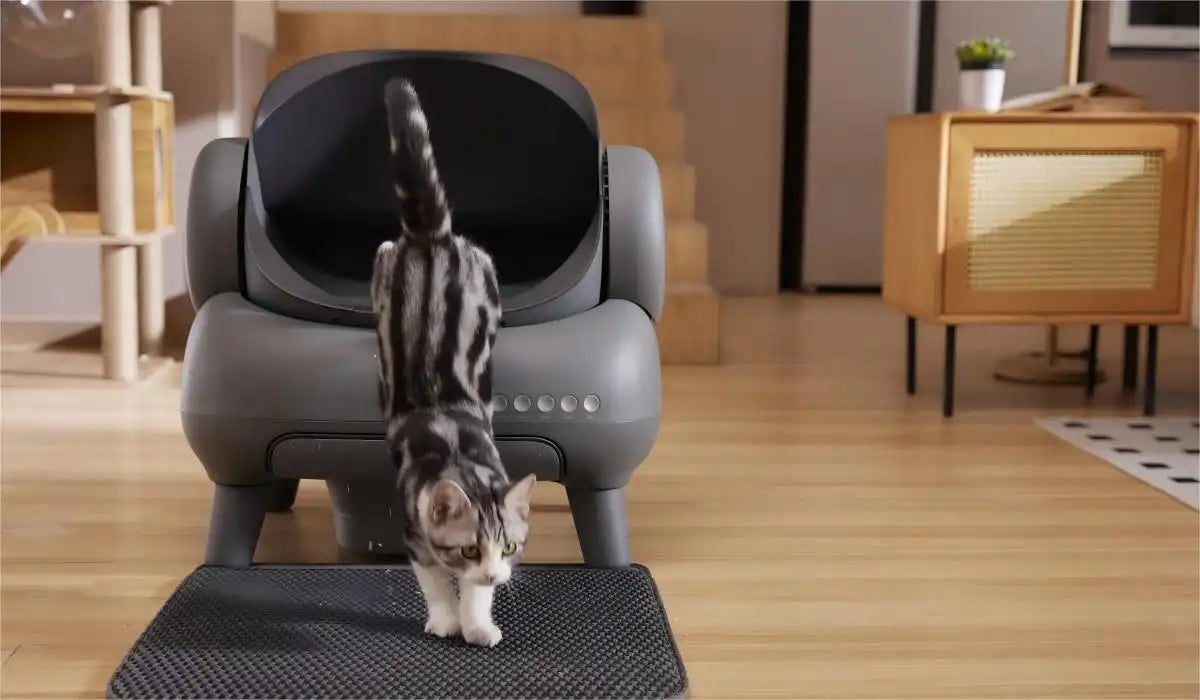
Leave a comment
This site is protected by hCaptcha and the hCaptcha Privacy Policy and Terms of Service apply.